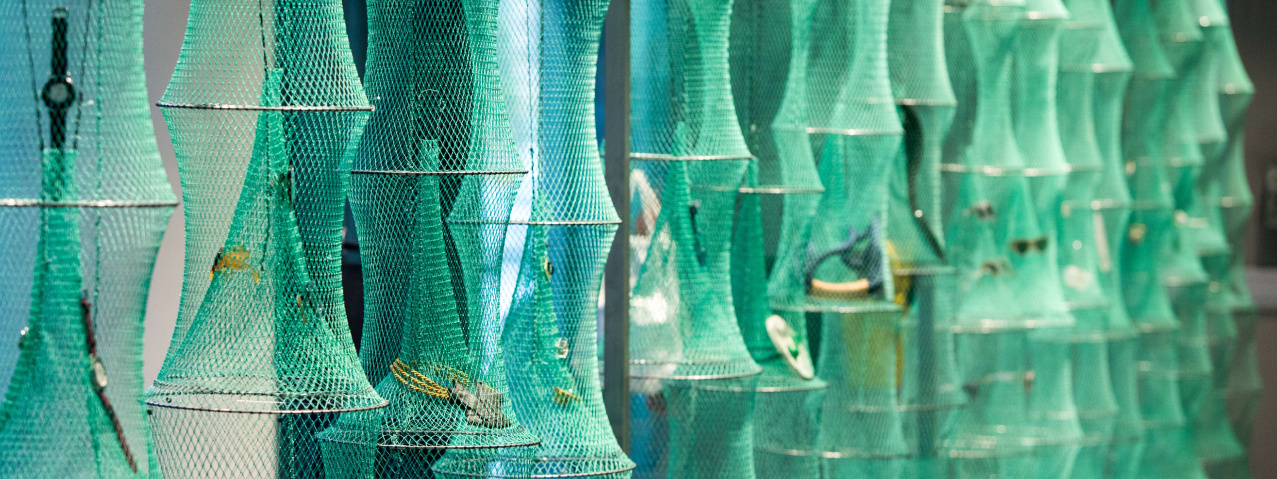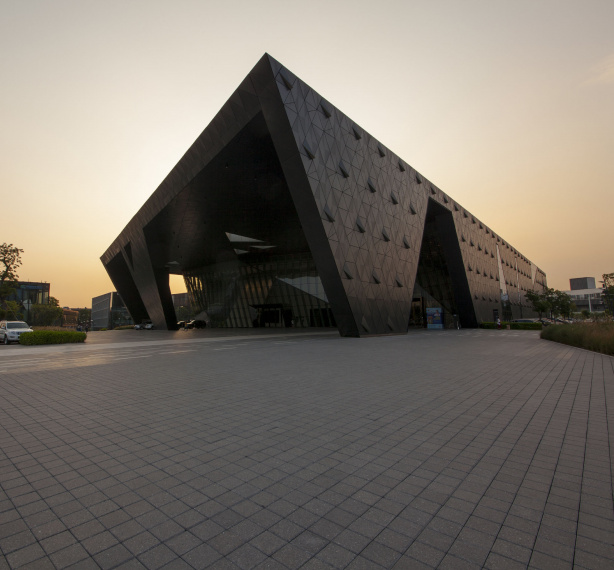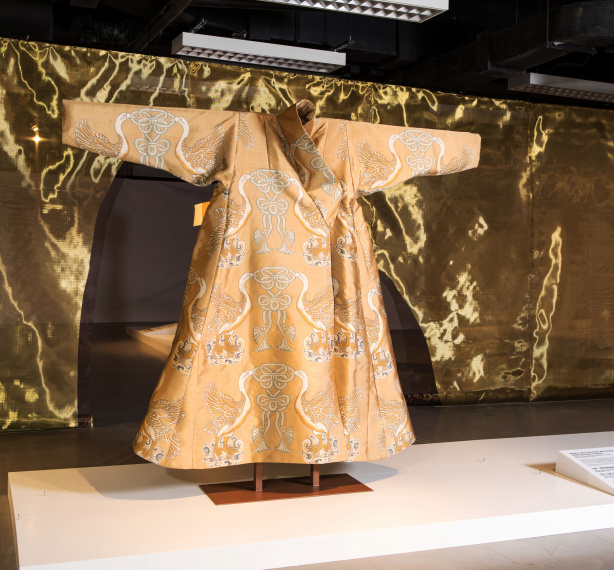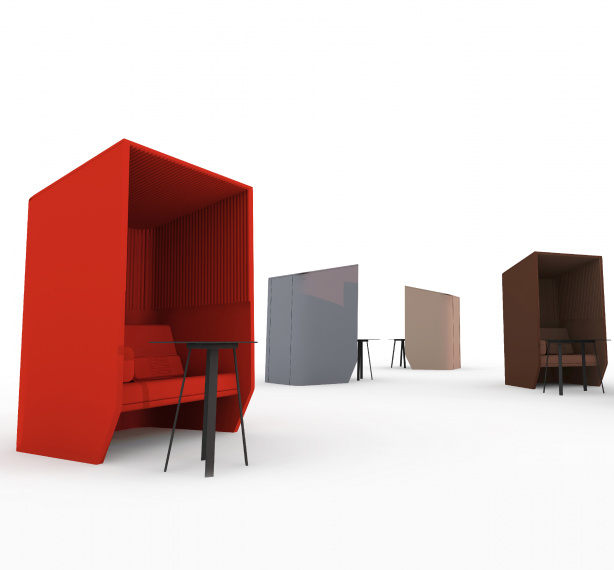KEEP WATCH-ING

During September, the exhibition Swiss Accessory and Watch Design by HEAD - Genève came to HKDI with a vision of the future for watch and jewellery design
HKDI’s exhibition of Swiss accessory and watch design, in collaboration with Geneva School of Art and Design (HEAD - Genève), brought an exquisite collection of refined watches and accessories produced by students and recent graduates of the world-renowned Swiss design academy to Hong Kong for the first time.
The exhibition at HKDI’s Experience Centre, which included over 100 pieces, featured watches, jewellery, eyewear and leatherware designs. The exhibits were complemented by scenography by HEAD - Genève alumna Juliette Roduit, which paid homage to Hong Kong’s heritage as a maritime trading hub and made reference to the treasures that have travelled from alpine Switzerland. The exhibition’s opening also featured a guest lecture by HEAD - Genève Director Jean-Pierre Greff and jewellery and watch designer Nicolas Mertenat, who is a professor of product design and jewellery & accessory design at HEAD - Genève. The two speakers took the opportunity to introduce the latest style trends and most recent innovations in design and craftsmanship.
The exhibition highlighted the famed Swiss excellence in precision and craftsmanship, which HEAD - Genève continues to cultivate by providing students with mentoring from master watchmakers from brands such as Baume & Mercier and Piaget. HEAD - Genève is ideally located for students learning the craft of jewellery. According to Jean-Pierre Greff “Switzerland has a huge influence in the field of Jewellery and watch design. This is why HEAD has chosen to focus its training in Product design on these specific fields.“ That influence is built on Switzerland’s long history of watchmaking. According to Elizabeth Fischer, professor in charge of fashion and jewellery design at HEAD - Genève, Swiss excellence in watchmaking dates back to “After the Protestant reformation, when the church banned jewellery, people were still allowed to wear watches, in fact watches were still allowed to be quite elaborately embellished.” Timekeeping had previously been the preserve of the church, with bells tolling to tell the time, but with the development of the watch it became possible to own a personal timepiece.
Since the 18th century, Switzerland has been exporting watches around the world, often producing designs to match the particular cultural sensibilities of overseas markets. However, now that high-tech wearables are increasingly popular, is the traditional craft of watchmaking under threat? According to Fischer, “Technology is both a threat and an opportunity, the tech giants have strength in big data and networks, so designers must think out of the box in finding ways to blend craft and technology. Besides, many younger customers want something unfussy and functional, not everyone wants to wear a computer on their wrist.” Fischer argues that “Jewellery is tied to ritual and tradition” despite all the technology surrounding us, “We still have relationships to others and live together with others, we exchange jewellery to mark special occasions and big life events.”

|
According to Greff, “Switzerland remains the leader in fine watchmaking and upholds centuries-old practices always brought up to date in state-of-the-art developments. The productive link between engineering and design is a hallmark of Swiss design, and watchmaking is a good example. Switzerland has a long tradition of excellence in several fields of design such as typography and graphic design, furniture and architecture and, recently, game design. It’s a small country, but its players reach far and wide thanks to high standards of education and work. The Swiss tradition is minimalist, cost-efficient, and based on reliable design.” This tradition promises to keep the Swiss watch and jewellery industries in good stead. According to Fischer, jewellery and watch designers will need to be alert to the challenges and opportunities that new technologies offer, but there will always be a need for expertise and skill in fine craftsmanship. Fischer went on to tell Signed that “This exhibition complements the two institutions’ ongoing collaborations and student exchange programmes.” And Jean-Pierre Greff agrees, “While HKDI and HEAD share common interests in the field of product design, specifically in the expertise of watch design, they both have specific expertise and skills to bring in. As far as HEAD is concerned, this helps broaden the students’ and professors’ vision on the evolution of design today in Europe and Asia. It’s indeed a great opportunity to throw bridges between cultures, outlooks and visions, share experience and promote mutual understanding.” And the benefits of the exhibition go far beyond the two institutions involved. Greff explains that visitors were able “To experience the excitement of these young designers who, in spite of the fact that we live in a world overflowing with goods, have the capacity to keep on inventing creative and innovative ways of enhancing our daily lives with their product designs, who find beauty in the mundane, who value the past but interpret it with a twist, who dare to mix industrial processes with craft skills, engineering with poetry, the familiar with the unexpected, who find new paths for old ways, who place their hope in the future. Their faith in the powers of invention and the manifold shapes that result is limitless. Their work constitutes a plea to keep boundaries open.” |
Others

最新动态 | 1 March 2018
Exporting Shenzhen’s design culture

最新动态 | 1 March 2018
Shenzhen’s Shifting Fortunes

最新动态 | 1 March 2018
In Praise of Silk: Fashion from China National Silk Museum Across Time

最新动态 | 1 March 2018
Into the Laboratory

最新动态 | 1 March 2018
Different Paths

最新动态 | 1 March 2018
Are you working well?

最新动态 | 1 March 2018
Adventures in Space

最新动态 | 1 March 2018
The Chain

最新动态 | 1 March 2018
Future-facing Retail
